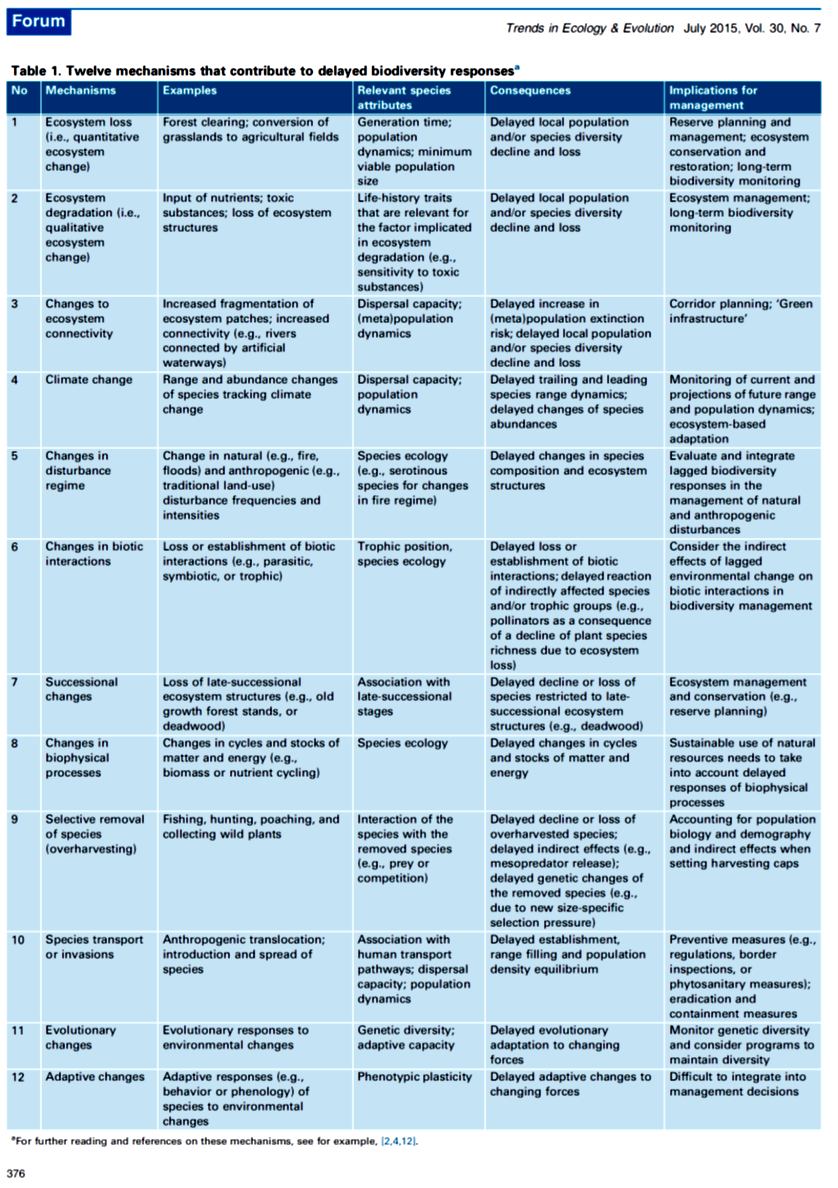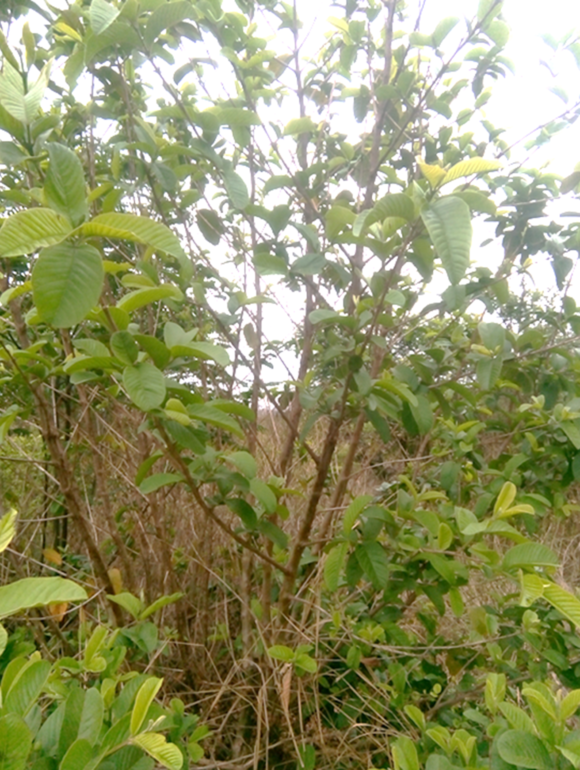18 August 2015 | By John Wilson
Recently there have been a series of debt crises in economies around the world, from Greece to Argentina to the U.S.A. Unfortunately we also have a global biodiversity-debt crisis. These debt crises share one important feature in common—managers need to respond to the emergency. Natural resource managers must deal with wild-fires burning out of control, or a disease outbreak threatening bee populations, or air pollution levels so high that they endanger a high-profile athletics event. The political pressure to act is often intense. However, these are examples of events where the underlying causes are far removed from the current crisis. The wild-fire might have been caused by the introduction of invasive trees centuries ago. The disease affecting bees arose from events decades ago in a different country. The air pollution might be the result of desertification kilometres away. This separation between causes and consequences is a result of a series of cumulative time-lags.
The need to understand cumulative biodiversity lags in conservation was recently highlighted in two papers by C·I·B Associate Franz Essl and colleagues at the C·I·B. Essl and colleagues found that current patterns can be poor indicators of the underlying processes. These concepts are best known by a few examples. Extinction debt, invasion debt, and immigration debt are all cases where the environmental processes have been enacted (i.e. habitat destruction, introductions of alien organisms, and climate change respectively), but where the full impacts will only be known in the future.
How the effects of a change in environmental forcing are transmitted along a series of cause-effect relationship can take a number of forms. For example, if stones are thrown into a pond, there will be a series of ripples that interact and interfere with each other, but in a few minutes the pond level will return to its previous state (the relaxation time). In contrast, a butterfly flapping its wings in a tropical forest can (at least in theory through a series of amplified intermediary links) cause a thunderstorm on the other side of the world sometime in the future (the reaction time). In the case of the butterfly, the whole system can be permanently changed. The vast majority of cases fall somewhere in between. A key argument made by Essl et al. (2015a,b) is that such sequentially lagged response are not fully appreciated in (socio-) ecological research.
A good example of delayed biodiversity responses was presented in a paper they published in Diversity and Distributions. As nitrogen deposition continues over time, a threshold can be reached beyond which the soil nitrogen content starts increasing rapidly. This causes a cascade of delayed effects on the biotic components — plants show a physiological response to the changes in soil chemistry, the change in plant tissue chemistry and plant species composition affects the herbivores, and the herbivores affect higher trophic levels. Therefore there can be time-lags between each subsequent component losing its resilience, the Damage Delay Time (DDT); and delays between the event stopping and system recovery, the Recovery Delay Time (RDT). For some of the underlying mechanisms see Table 1.
So what can we do?
Essl and colleagues came up with five areas that need attention:
- Incorporate lagged biodiversity responses into management planning
- Include lags in long-term biodiversity projections
- Investigate the interactions between mechanisms and how effects might cascade
- Research thresholds and tipping points, to identify early warning-signals
- Make explicit the role of shifting baselines in assessing environmental changes.

Read the papers
Essl, F., Dullinger, S., Rabitsch, W., Hulme, P.E., Pyšek, P., Wilson, J.R.U. & Richardson, D.M. (2015a) Delayed biodiversity change: no time to waste. Trends in Ecology and Evolution, 30, 7(July), 375–378. http://dx.doi.org/10.1016/j.tree.2015.05.002
Essl, F., Dullinger, S., Rabitsch, W., Hulme, P. E., Pyšek, P., Wilson, J. R. U. & Richardson, D. M. (2015b) Historical legacies accumulate to shape future biodiversity in an era of rapid global change. Diversity and Distributions, 21, 5 (May), 534–547. http://dx.doi.org/10.1111/ddi.12312
For more information, contact John Wilson at jrwilson@sun.ac.za


